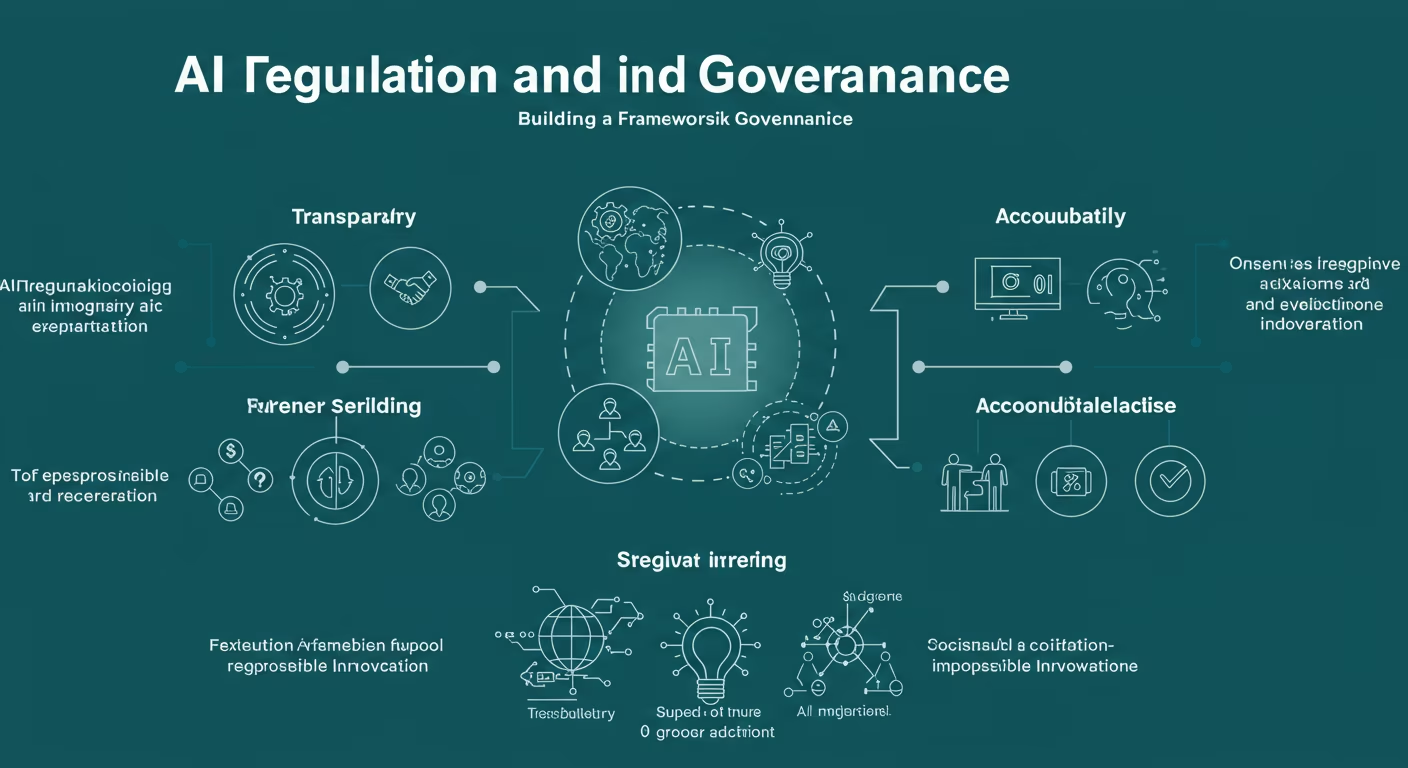In the race to lead the digital future, one thing is abundantly clear: infrastructure is everything. From hyperscale data centers and subsea fiber optic cables to AI supercomputing clusters and edge networks, the backbone of tomorrow’s technology is being laid today through massive tech infrastructure investment.
In recent years, global technology giants, governments, and investment funds have poured hundreds of billions of dollars into digital infrastructure. These capital infusions are not only powering today’s cloud and AI revolutions but also preparing for the explosive demands of quantum computing, the metaverse, Web3, and smart cities.
Whether it’s Microsoft’s multibillion-dollar expansion of AI data centers, Amazon’s continued investment in AWS regions, or Alphabet’s global fiber networks, infrastructure has become a competitive battleground. But it’s not just Big Tech. Governments, private equity firms, and telecom companies are also doubling down, recognizing that digital infrastructure is the foundation of economic competitiveness.
So what’s driving this surge in investment? Where is the money going, and what does it mean for businesses, developers, and consumers alike?
Why Tech Infrastructure Investment Is Exploding
- The Rise of Artificial Intelligence
The rapid growth of AI—especially generative models like ChatGPT and image synthesis tools—requires massive compute power and storage. Training large language models demands thousands of GPUs operating in parallel, backed by energy-hungry cooling systems and ultra-high-speed networking. Microsoft, Amazon, Google, and Meta are now racing to build the most powerful, energy-efficient AI infrastructure to support their AI ecosystems and services. - Cloud Expansion and Global Reach
As enterprises worldwide migrate to the cloud, hyperscale providers like AWS, Azure, and Google Cloud are scaling up infrastructure to support global demand. This includes new data centers, fiber optic backbones, and regional zones in emerging markets such as Africa, Southeast Asia, and Latin America. - Edge Computing and IoT Growth
The shift to real-time applications—autonomous vehicles, AR/VR, industrial robotics, and smart city systems—requires edge infrastructure that pushes computation closer to users and devices. Investments are being made in distributed data centers, 5G towers, satellite internet, and compact server clusters. - Data Sovereignty and Security
As governments enforce stricter data localization laws, cloud and tech providers are building region-specific infrastructure to comply with regulatory frameworks. For example, EU-focused “sovereign clouds” or China-based cloud regions for foreign firms. - Energy and Sustainability Requirements
Tech infrastructure is an energy-intensive business. With rising scrutiny on carbon emissions, companies are investing in green infrastructure—solar- or wind-powered data centers, liquid cooling systems, and carbon-neutral cloud regions—to support sustainability goals.
Where the Investment Is Going
1. Hyperscale Data Centers
These are the nerve centers of the digital world. The top five hyperscalers—Amazon, Microsoft, Google, Meta, and Apple—collectively spent over $200 billion in 2023 alone on data center expansion and upgrades. These facilities power everything from AI model training and video streaming to cloud computing and gaming.
- Microsoft’s expansion into Asia and Europe includes AI-optimized data centers in Sweden, Singapore, and India.
- Amazon Web Services added new availability zones in South Africa, Israel, and Malaysia.
- Google recently broke ground on new campuses in Texas and Finland focused on energy efficiency and AI acceleration.
2. AI-Optimized Compute Infrastructure
The rise of generative AI has made GPUs and AI chips the new oil. NVIDIA’s H100 chips are in such high demand that companies like Meta and Microsoft are spending billions to secure capacity. Meanwhile, OpenAI’s training runs are pushing the limits of even the most advanced compute infrastructure.
Investments are flowing into AI supercomputers, specialized ML clusters, and model-hosting environments with real-time inferencing capabilities.
3. Fiber Optic and Subsea Cable Networks
Digital infrastructure isn’t just in the cloud—it stretches across oceans. Google’s Equiano, Meta’s 2Africa, and Microsoft’s investments in Marea are all examples of high-capacity subsea cables connecting continents.
These investments ensure faster, more reliable internet for billions of users and reduce latency for cloud services globally.
4. Edge and Telco Infrastructure
Telecom companies are upgrading to 5G and preparing for 6G in partnership with cloud providers. This includes multi-access edge computing (MEC) infrastructure that allows data to be processed closer to users.
AWS Wavelength and Azure Edge Zones represent cloud-native solutions at the network edge, serving industries like autonomous logistics, telehealth, and real-time gaming.
5. Quantum Computing and Next-Gen Research Labs
Although still early-stage, quantum computing infrastructure is attracting long-term capital. Companies like IBM, Microsoft, and D-Wave are investing in quantum data centers and cryogenic infrastructure, aiming to provide cloud-accessible quantum services in the coming decade.
Key Players and Institutional Capital Inflows
Beyond the tech giants, private equity and infrastructure investment firms are moving in aggressively. Brookfield Infrastructure Partners, Blackstone, and DigitalBridge are acquiring or funding data center platforms and fiber networks worldwide.
Sovereign wealth funds from the UAE, Saudi Arabia, and Singapore are also funneling billions into digital infrastructure as part of long-term national strategies for economic diversification and digital leadership.
Meanwhile, governments are increasingly incentivizing infrastructure development:
- The U.S. CHIPS and Science Act allocates billions for semiconductor and AI hardware facilities.
- The EU’s Digital Decade strategy includes funding for green data centers and AI research labs.
- India and Brazil are offering tax incentives for cloud region development and edge compute deployments.
The Economic and Strategic Impact
- Job Creation and Economic Growth
Data centers, construction projects, and research hubs generate thousands of high-skill jobs and anchor regional tech economies. In some areas, tech infrastructure has become the new manufacturing backbone. - National Security and Sovereignty
Nations now see control over digital infrastructure as critical to economic sovereignty and national defense. This has led to greater emphasis on domestic cloud providers, secure data zones, and AI capability-building. - Boost to Innovation
A robust infrastructure base enables startups and enterprises to build products faster, train models without overhead, and deploy services globally with minimal latency. - Digital Inclusion
Massive investment in connectivity (fiber, 5G, satellite internet) is helping bridge the digital divide, giving more people access to the internet and digital services.
Challenges and Considerations
Despite its momentum, massive tech infrastructure investment faces several challenges:
- Environmental Concerns: Large data centers consume huge amounts of electricity and water. Balancing growth with climate goals is a top priority.
- Geopolitical Tensions: Cross-border infrastructure deals can be caught in regulatory or diplomatic conflict.
- Chip Supply Chain Bottlenecks: The availability of GPUs and advanced semiconductors remains a constraint.
- High Capital Requirements: Infrastructure projects demand significant upfront investment and long-term returns.
Still, most industry analysts agree that the long-term ROI justifies the capital outlay, especially as the digital economy continues to expand exponentially.
Infrastructure Is the New Competitive Advantage
In the digital age, infrastructure is no longer a backend concern—it’s a strategic asset. Massive investment in tech infrastructure is shaping the competitive landscape for industries, economies, and innovation itself.
The companies and countries that build strong digital foundations today are positioning themselves for decades of growth, innovation, and influence. From hyperscale data centers to intelligent edge networks, the scaffolding of the future is being erected—one fiber strand, one GPU cluster, and one billion-dollar investment at a time.
For developers, enterprises, and policymakers alike, the message is clear: infrastructure is destiny.





